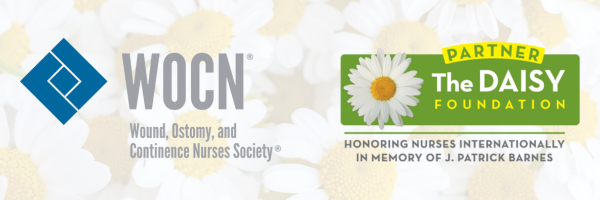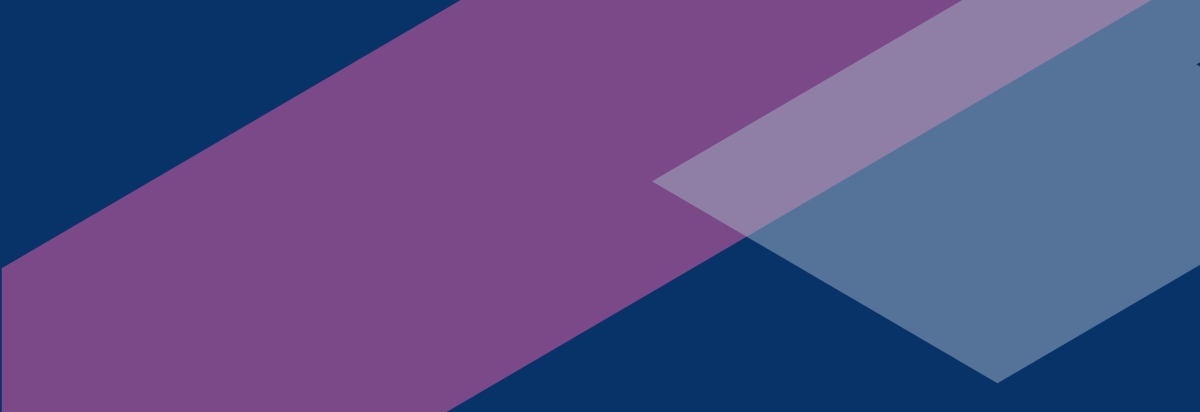

Blog
Catch up on our noteworthy happenings and other timely WOC industry-related information.
If you have a story you would like to share, please email us at share@wocn.org.

Member Spotlight: Nicole Kindel
In this WOCN® Society Member Spotlight edition, we’re proud to feature Nicole Kindel, BSN, RN, CWOCN, President of the Northwest Chapter! Based in Oregon, Nicole …
Read More
Member Spotlight: Coty Zacharias
In this edition of the WOCN® Society Member Spotlight, meet Coty Zacharias, BSN, RN, CWOCN, a dedicated WOC nurse from Seaford who has been making …
Read More
Member Spotlight: Sarah Yount
In this edition of the WOCN® Society Member Spotlight, meet Sarah Yount, BSN, RN, CWOCN, a dedicated WOC nurse based in Cleveland who has been …
Read More
WOCN® Fellow Program Class of 2025
As part of our WOC Nurse Week 2025 celebrations, the Wound, Ostomy, and Continence Nurses Society™ (WOCN®) is thrilled to announce the newest individuals that …
Read More
Member Spotlight: Mary Harris
In this WOCN® Society Member Spotlight edition, we’re excited to introduce Mary Harris, BSN, RN, CWON, President of the New England Chapter! Based in Maine, …
Read More
WOCN® Collaborates to Offer Global Ostomy Education
The management and care of patients with ostomies requires specialized knowledge and skills. As the field evolves, so too must the training and continuing education …
Read More
WOCN® DAISY Award for Extraordinary Nurses with a Bright Future
Introducing the WOCN® DAISY Award for Extraordinary Nurses with a Bright Future As a proud Supportive Association of The DAISY Foundation, the Wound, Ostomy, and …
Read More
Member Spotlight: Melissa Hiscock
In this edition of the WOCN® Society Member Spotlight, meet Melissa Hiscock, BSN, RN, CWOCN, OCN, CPPS, a dedicated Clinical Trials Nurse Coordinator from Grand …
Read More
Addressing Gaps in Ostomy Care: WOCN Takes the Lead on Policy Revision
Ostomy surgeries, including colostomies, ileostomies, and urostomies, are life-saving procedures that significantly impact patients’ quality of life. However, access to quality care and essential supplies …
Read More